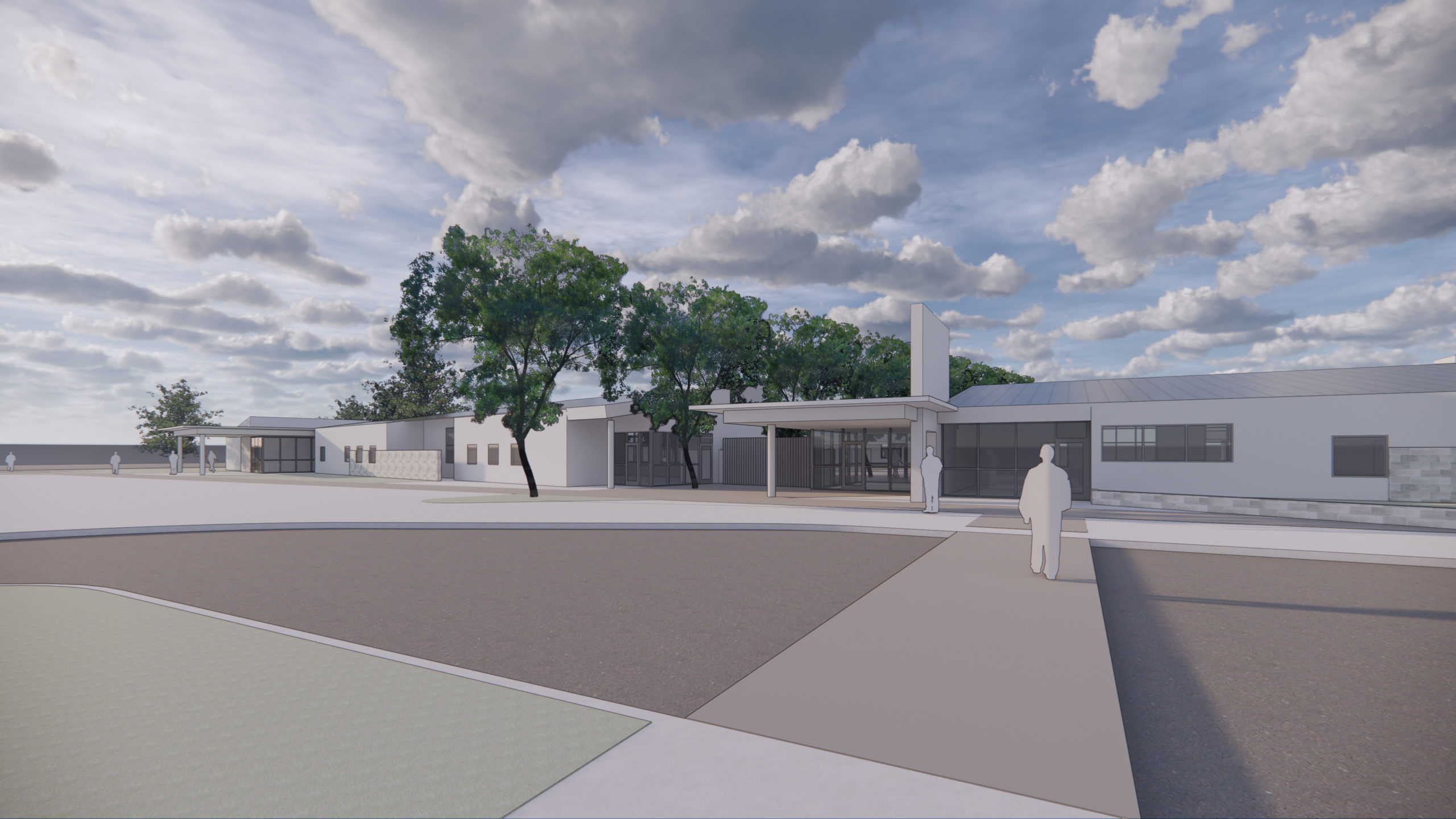Just off the 91 Freeway in Anaheim lies an expansive field of dirt and rocks once owned by Carl Karcher Enterprises, the parent company of Carl’s Jr. But it’s not hard to imagine the future home of a state-of-the-art learning environment that will serve students enrolled in OCDE’s alternative education program.
The Orange County Department of Education on Friday staged a long-awaited and socially-distanced groundbreaking ceremony for what’s currently referred to as Community School No. 9. Opening in the spring of 2022, the Anaheim campus will have the capacity to serve approximately 350 students in the department’s ACCESS division, which offers an array of educational options for Orange County families.
Addressing a handful of invited guests, Orange County Superintendent Al Mijares noted the importance of the project as OCDE pursues its vision that “Orange County will lead the national in college and career readiness and success.”

“I believe that education and the schoolhouse is nothing less than a lighthouse, and so much more than that,” he said. “It is imperative in our community and our society today that our education system be fortified.”
Other speakers included Orange County Board of Education trustees Beckie Gomez and Tim Shaw, HMC Architects Principal Steve Wilkerson and OCDE Associate Superintendent Renee Hendrick.
Community School No. 9 will soon start to take shape on 3.84 acres just east of Harbor Boulevard near the 91 Freeway onramp. Once completed, the 26,042-square-foot facility will house 13 classrooms, along with administration offices, a library, a multipurpose room and a cafeteria with a lunch shelter.
Designed by HMC Architects, the new campus will accommodate students from Anaheim, Garden Grove and surrounding areas, reflecting OCDE’s shift toward larger, regionalized schools that maximize efficiencies and offer enhanced educational opportunities.
“This is just going to be one more element to help us serve more students, to take them from darkness to light, and enable them to realize their goals and aspirations,” Superintendent Mijares said.
The project has actually been in the works for over a decade. OCDE completed its purchase of the property in 2012 for about $4 million, and plans were approved by the state in 2014. It took several more years to secure construction funding of about $12 million through the sale of state bonds.
ACCESS — the acronym stands for Alternative, Community and Correctional Education Schools and Services — serves nearly 2,500 students a year, including those who thrive in non-traditional settings, students who have encountered significant academic obstacles, and incarcerated youth.
